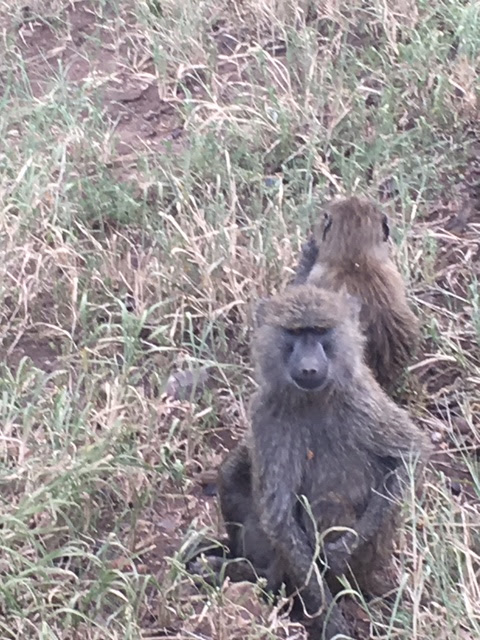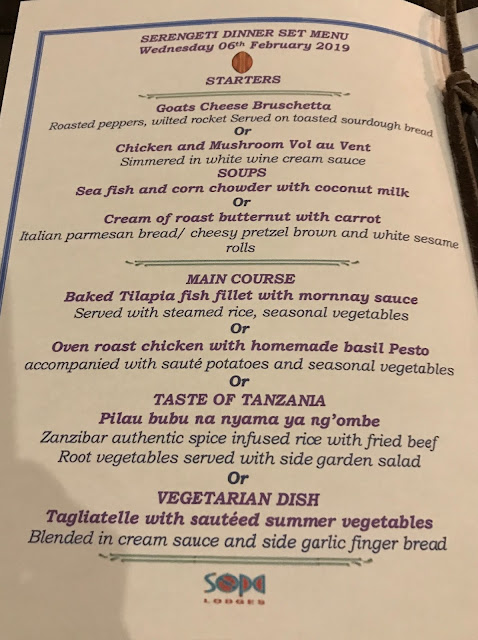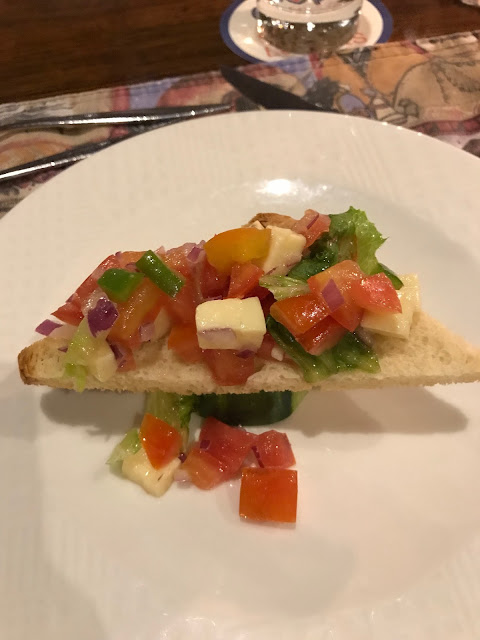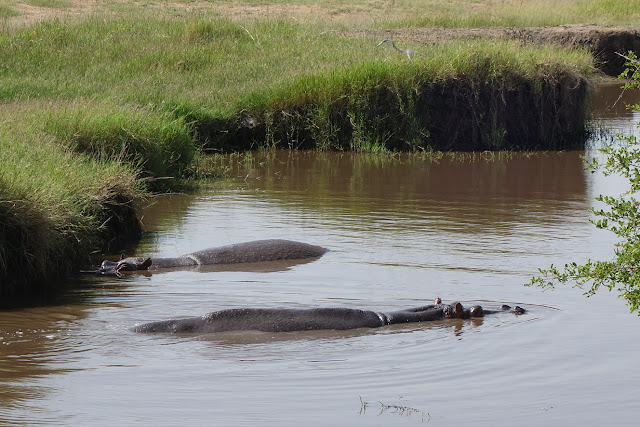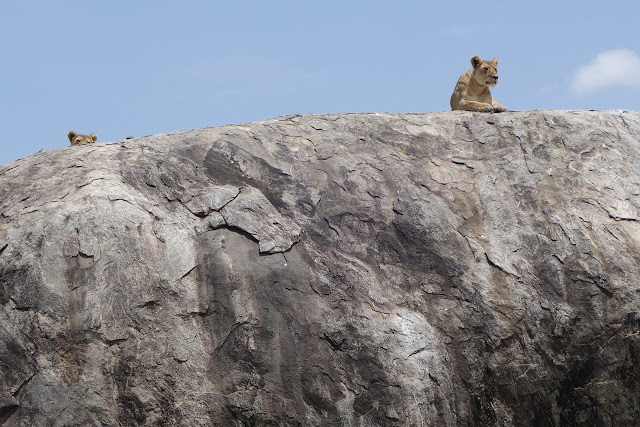We enjoyed our time at the beautiful Taiwan airport with cultural displays, greenery, kiddie play areas and wonderful locally made music boxes on display for sale.
Below: live plants growing on a wall garden
After a three hour flight to Bangkok, we were taken to our hotel, the Ramada Plaza. We slept, and the next morning we checked in with our local guide Piangtip (Tip for short). She had us fill out several forms (and checked our Vietnamese visas with our passports to make sure everything was correct. As we sat down to fill out the forms, we laughed when we realized that the three of us were left-handed!
.
Savadee (hello) Bangkok: The three of us took a quick walk to that mall and also discovered a recommended massage place which Uma and Nava took advantage of later. Our hotel, the Ramada Plaza, was situated on the Chao Praya River, the main river through Bangkok, with lots of skyscrapers near the banks.
In late afternoon, we met up with our mini-group of 8 inside our larger group of 29, Haia, Jimmy (from Seattle), Uma (from Seattle but via a cousin's wedding in Thailand), and Havazelet and Ofra (from Modi'in, Israel).
The eight of us later walked back to the modern Asiatique outdoor, riverfront mall with a combination of modern higher end items as well as more local items. We watched a young girl dancing with a sign asking for donations to help pay for her school tuition.
Jimmy took the photo below of the 7 women!
After eating at an OK Thai restaurant that Tip recommended, we headed home to sleep.
Jimmy set up with Tip a private trip for the eight of us to the Damnoen Saduak floating market about 90 minutes to the south for Saturday, our free day before meeting up with our group. For $37 each we got a private van with driver and our great guide Darah. She explained that there are 69 million people in the country, of which approximately 5 to 6 million are Muslim. There are different languages in the country. In the NE, the language is similar to Lao. In the South, it's similar to Cambodian. Darah speaks a language similar to Chinese. The Thai language is taught in schools and is mostly spoken in the central area of the country.
On the way, we saw a lot of above-ground wires smushed together. They were for electricity, cable TV, and cell phones, since the water table in Bangkok was too high to put them underground.
We passed a number of rice fields on a busy highway. Thailand and Vietnam are the top rice exporters in the world.
We soon went through the town of Samot Sankorn (where the famous Siamese twins were from) with the local Train Market, so named because the market is on the tracks and the stands have to move quickly twice a day, one being at the height of the market time 8:30 a.m. to 9 a.m. when the trains pass through.
Close to the market, we stopped at a coconut farm, where a lot of products are made from the coconuts. Whole ones are sold on streets for people to drink the delicious milk from. All parts of the coconut are useful: shells for bowls and ornaments, leaves for brooms, lotions, and the coconut syrup for sugar, for example. Locals do not often eat the coconut meat fresh but dry it, grate it, or use it for other purposes. Coconut meat is high in protein and can produce for three generations!
 |
| Darah offering us some of the meat to try. It was delicious. |
The coconut flower is huge and the largest "seeds" are used for planting.
 |
| Darah holding a coconut flower |
 |
| Coconut sugar cubes. Some thing this is better for one that refined cane sugar. |
The syrup is made from the nectar of the coconut palm flowers.When the tip of the flower is cut and then the flower squeezed, the nectar comes out. It is then boiled for 1.5 hours to make the syrup and then pure coconut sugar. It didn't look like something I would want to try. But since I do use coconut sugar at home, I wanted to see what this coconut sugar tasted like.
It was fascinating to learn that Thailand was never colonized. Rama IX, who died three years ago and ruled for 70 years, was revered by his people for all that he did to help them. He helped modernize Thailand while preserving the culture. His son Rama X was officially crowned about six months ago. He was the only son and had 3 sisters. He has yet to gain the respect of his people like his father had.
The two kings before Rama IX, were close to the British monarchs, so the first car to arrive in Thailand was imported in 1902 from England. As a result, the Thai drive on the left side of the road to this day. Rama V, King Chulalongkorn, was taught for five years by Anna Leonowens, the "star" in "The King and I."
The van took us to a man-made canal off of the Chayo Praya river, and from there we went in two covered motorboats along the canal, seeing homes and businesses in villages along the way.
This river started south of the Chang Mai mountains in the north, about 500 miles (K?) away. This river was known as the river of the king. The movie "The Man with the Golden Gun"was filmed partly in this market and along the river.
 |
| A motorboat similar to ours |
From 1866 to 1868, by order of King Rama IV, the 20-mile (32 K) long Damnoen Saduak Canal was constructed to connect the Mae Klong and Tha Chin Rivers. It was mainly dug by Chinese to connect the local Thai and to provide transportation to the main rivers. These laborers were given land in the are for their work. About 200 ancillary canals were built by Thai villagers to better connect them. First produce and necessities were delivered by boat along the canals, and then the market was started over 100 years ago. Many smaller floating markets developed. When a road was opened into the area in 1967, many of the markets disappeared. In 1971, a market was developed by the Tourism industry and then expanded into this market ten years later.
Shrines such as the one below are found in front of businesses and homes for respect and protection.
The Damnoen Saduak floating market is probably the oldest, largest in the area, and the only one open 7 days a week. In the early morning, the vendors are at the market, and then the ones in boats go out to villages along the canal and river to homes to sell their fruit, vegetables, cooked meals, and housewares. We got there at about 11 so many of the boats were already gone.
 |
| The older section is to the back and the newer section to the left and right |
 |
| A fruit vendor |
 |
| A floating restaurant |
 |
| Another cook selling meals and patrons behind her in the "restaurant" area |
 |
| Washing Dishes |
Below is a web picture showing how busy the market is earlier in the morning.
Uma and I were delighted to find custard apples (chirimoya, seethaphalamu in Telugu) in the market and bought a bunch. We also found yummy longan.
 |
| A man and his son (playing on his phone) waiting for tourists to have their picture taken with one of these snakes. This definitely is a hub for tourists! |
We traveled back to our hotel on the road, then met a few hours later to walk to go to the new IconSiam multipurpose development (hotels, residences, a museum, and a high-end and also main malls) across the river, with our focus being the mall, which opened in November, 2018. We took the free Ramada hotel river shuttle to a main stop, and then took the IconSiam river shuttle across the river to the mall, which is one of the largest in Asia. It also includes the two tallest buildings in Bangkok, 52 and 70-story tall residences. We arrived after dark, and the lighting was spectacular.
 |
| Entry to the Mall |
 |
| Dried fish for sale |
| Noodles plus for sale, pick your additions |
We walked afterwards, and saw the more exclusive stores on the next two levels. Below is a picture looking up to the other floors. The museum is on the top floor.
 |
| On the second floor, we saw this beautiful (laquered?) painting on the wall |
The next day, November 17, we met the other 21 in our group and start our adventure with them.






















































